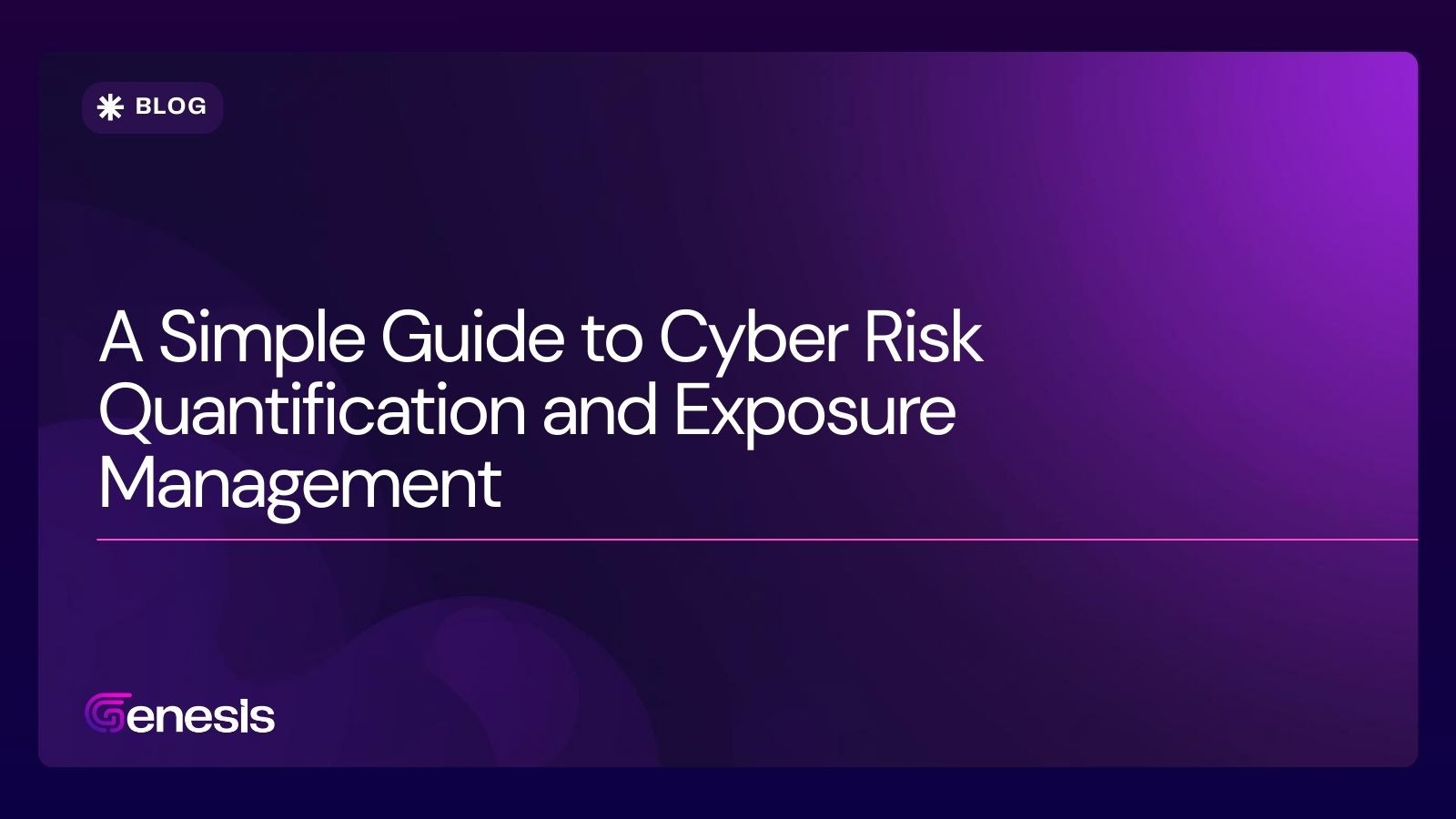Jun 15, 2022
Sohini Roy
Attack surface refers to the points in a network environment where unauthorized users (attackers) can extract or tamper with data. The attack surface includes vulnerabilities that can be exploited, and managing this surface is critical to reducing risks and preventing exploitation. Various types of attack surfaces exist, including software and physical attack surfaces, and minimizing them is essential for organizations.
Need for Attack Surface Management:
Attackers today are highly strategic, making it vital to manage vulnerabilities effectively. Attack surface management involves identifying an organization’s assets under threat and classifying their security posture. It focuses on both internal and external assets, the latter being exposed to the internet and at greater risk due to the digital revolution.
Key Features of Attack Surface Management Platforms:
Discover Unknown Assets: Identify assets that may be vulnerable, enabling threat hunting, security operations automation, and faster incident response.
Regular Surface Checks: With the increase in paired devices, the risk of cyberattacks, misconfigurations, and exposed data also grows, requiring continuous monitoring.
Contextual Information: Proper data like IP addresses and device names is crucial to prioritize asset security.
Prioritizing Risks: Focus on the most critical risks based on attacker priority, ease of exploitation, and business context.
About Genesis:
Genesis provides comprehensive visibility and inventory of assets, removing unused/unmanaged ones from various data sources on the internet. It also offers a cyber score to help secure weak infrastructure, preventing attacks before they happen.







